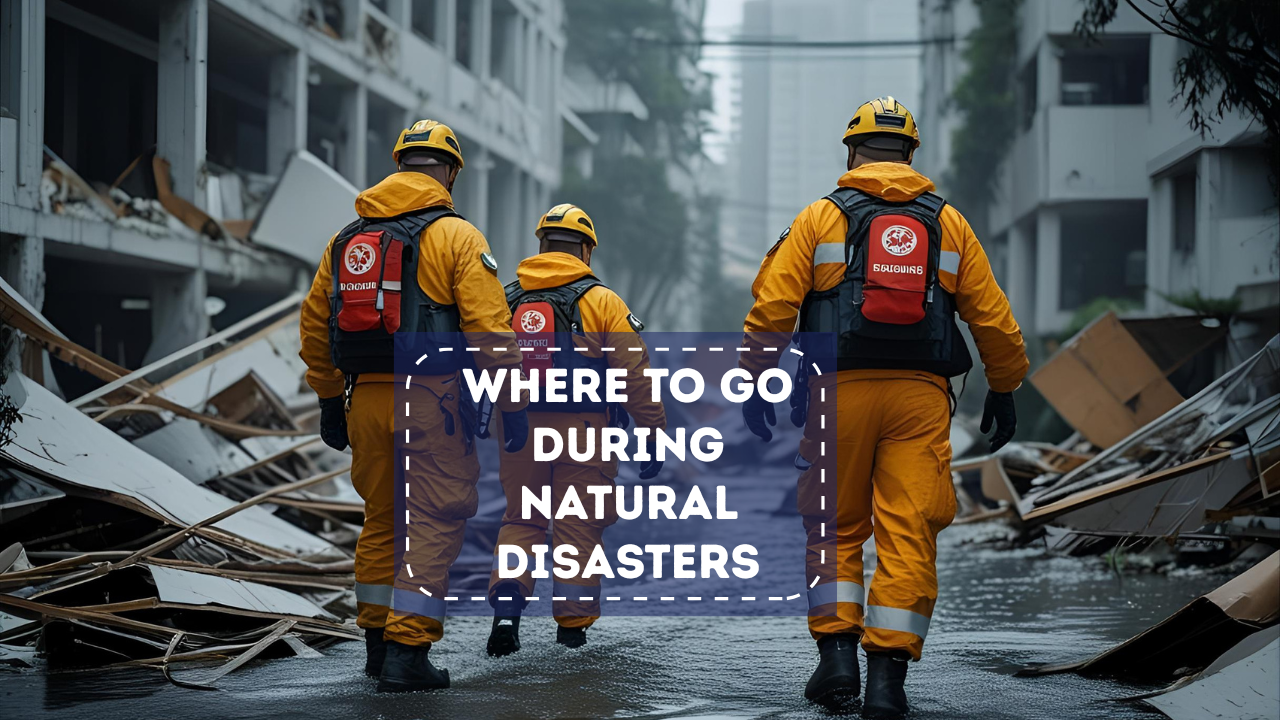Natural disasters such as floods, hurricanes, earthquakes, and wildfires can strike with little warning—leaving behind devastation and urgent needs for rescue, shelter, food, and medical support. In such moments, knowing how to contact disaster relief and rescue agencies can mean the difference between chaos and quick assistance.
In 2025, various government and nonprofit organizations continue to offer emergency response, rescue services, and recovery aid to people affected by crises. This guide explains how to reach out to these agencies quickly and efficiently when disaster strikes.
Table of Contents
- Why It’s Important to Act Quickly During a Disaster
- Key Disaster Relief Agencies You Should Know
- Emergency Contact Numbers and Hotlines
- How to Reach Out Online or via Mobile Apps
- What to Say When Requesting Help
- How to Prepare Before a Disaster Happens
- Final Thoughts: Stay Informed, Stay Safe
1. Why It’s Important to Act Quickly During a Disaster
In any emergency, time is critical. Delayed contact with rescue services can:
- Put lives at greater risk
- Worsen injuries or health conditions
- Delay access to shelter, food, or medical aid
- Make it harder for loved ones to find you
That’s why it’s vital to know who to call, what to say, and how to act fast when disaster hits.
2. Key Disaster Relief Agencies You Should Know
Various organizations are responsible for emergency rescue and disaster assistance. Here are the primary agencies you should be aware of in the U.S. and internationally:
a. Federal Emergency Management Agency (FEMA)
FEMA coordinates federal disaster response and recovery in the U.S. They provide housing, food aid, cleanup grants, and more.
- Website: www.fema.gov
- Disaster Assistance: www.disasterassistance.gov
b. American Red Cross
Offers emergency shelter, disaster clean-up kits, first aid, meals, and emotional support.
- Website: www.redcross.org
- 24/7 Emergency Help: 1-800-RED-CROSS (1-800-733-2767)
c. National Guard / Local Police and Fire Departments
These agencies carry out evacuation and rescue operations during active emergencies.
- In the U.S., dial 911 in life-threatening situations.
d. UNICEF, WHO, and International Relief Organizations
For global disasters, international bodies like UNICEF, Doctors Without Borders, and International Rescue Committee (IRC) offer rapid-response aid, especially in conflict zones or large-scale natural disasters.
3. Emergency Contact Numbers and Hotlines
Here’s how to reach help depending on the situation:
| Situation | Who to Call | Number |
|---|---|---|
| Life-threatening emergency | Emergency Services | 911 (U.S. and Canada) |
| Disaster-related shelter/aid request | FEMA | 1-800-621-FEMA (3362) |
| Emergency Red Cross Support | American Red Cross | 1-800-733-2767 |
| International disaster hotline | International Red Cross Federation | Varies by country |
| State or local relief offices | Local city/state disaster hotlines | Check city/state websites |
For non-U.S. countries, check your national disaster agency’s hotline—often listed on official government websites or civil defense portals.
4. How to Reach Out Online or via Mobile Apps
In 2025, technology makes it easier than ever to request help using apps and online platforms:
a. DisasterAssistance.gov
U.S. residents can apply for FEMA disaster aid, track application status, and get information on recovery services.
b. FEMA App (Android/iOS)
Real-time alerts, shelter locations, and emergency tips all in one app.
c. Red Cross Emergency App
Lets you send SOS messages, find open shelters, and receive weather alerts.
d. Social Media
During major disasters, agencies often post real-time updates on Twitter, Facebook, and Instagram. Many also respond to direct messages during emergencies.
Pro tip: Always use official and verified accounts when seeking help online to avoid misinformation or scams.
5. What to Say When Requesting Help
When calling or messaging for assistance, be clear and calm. Provide the following information:
- Your name and contact number
- Current location (GPS or nearest landmark)
- Type of emergency (e.g., flood, fire, injury)
- Number of people with you
- Immediate needs (medical, evacuation, food, shelter)
- Any special needs (elderly, children, disability)
Example:
“Hello, my name is Sarah, I’m at 325 River St, Springfield. We are a family of four, trapped on the second floor due to floodwaters. One person needs medical help. Please send rescue and shelter support.”
6. How to Prepare Before a Disaster Happens
Being ready can save your life. Take these steps before disaster strikes:
- Save emergency contacts in your phone and on paper
- Download disaster apps (FEMA, Red Cross, local alerts)
- Pack a go-bag with ID, medicine, clothes, water, food, and cash
- Keep important documents in a waterproof folder
- Know your local shelters and evacuation routes
- Charge your phone and backup batteries regularly
Preparation ensures you don’t panic when time is of the essence.
7. Final Thoughts: Stay Informed, Stay Safe
Disasters are unpredictable—but your response doesn’t have to be. Knowing how and where to contact rescue and relief agencies could save your life or someone else’s. Whether it’s calling 911, applying for FEMA aid, or locating a Red Cross shelter, the tools and help are out there—you just need to reach for them.
Be proactive, stay informed, and never hesitate to ask for help. When disaster strikes, relief starts with a call, a message, or a click.

